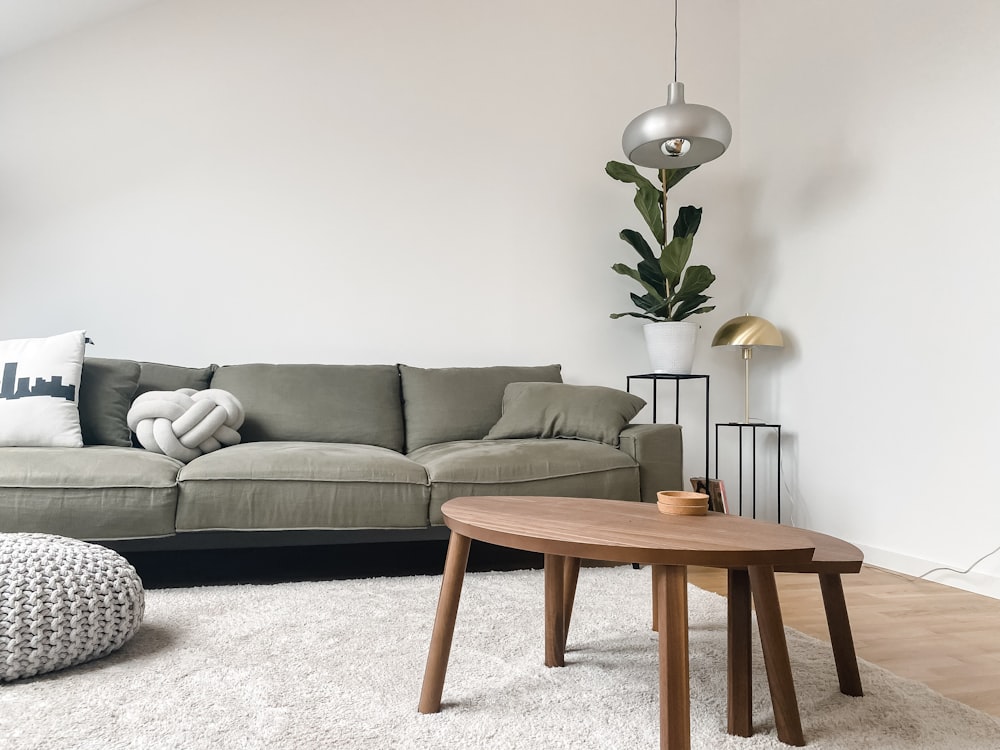
The Art of Japandi Balancing Beauty and Simplicity
Embracing Japandi Aesthetic
In the realm of interior design, the fusion of Japanese and Scandinavian styles has emerged as a captivating trend known as Japandi. This unique aesthetic combines the timeless elegance of Japanese design with the minimalist sensibility of Scandinavian decor, resulting in spaces that are both beautiful and serene. Let’s delve into the art of Japandi and discover how it achieves the delicate balance between beauty and simplicity.
Understanding Japandi
At its core, Japandi is about finding harmony in simplicity. This design philosophy emphasizes clean lines, minimalism, and a deep appreciation for natural materials. Inspired by the principles of wabi-sabi – the Japanese concept of finding beauty in imperfection – Japandi celebrates simplicity, authenticity, and the inherent beauty of natural elements.
Balancing Beauty and Simplicity
The beauty of Japandi lies in its ability to strike a perfect balance between beauty and simplicity. While Japanese design tends to focus on minimalism and functionality, Scandinavian design brings warmth, coziness, and a sense of hygge – the Danish concept of creating a cozy and inviting atmosphere. By marrying these two styles, Japandi achieves a harmonious blend of elegance and comfort, resulting in spaces that are both visually stunning and incredibly inviting.
Key Elements of Japandi
There are several key elements that define the Japandi aesthetic. Clean lines, uncluttered spaces, and a neutral color palette are all characteristic of this style. Natural materials such as wood, stone, and bamboo are used extensively to add warmth and texture to the space, while soft, muted tones create a sense of calm and tranquility. Furniture is often simple and functional, with a focus on quality craftsmanship and timeless design.
Minimalist Furnishings
In keeping with the minimalist ethos of both Japanese and Scandinavian design, Japandi interiors feature furnishings that are sleek, understated, and purposeful. Pieces are carefully chosen for their clean lines, practicality, and ability to enhance the overall aesthetic of the space. From low-profile sofas and minimalist coffee tables to sculptural lighting fixtures and sleek storage solutions, every element is thoughtfully curated to create a cohesive and harmonious environment.
Natural Light and Open Spaces
Another hallmark of Japandi design is the emphasis on natural light and open spaces. Large windows, skylights, and strategically placed mirrors are used to maximize natural light and create a sense of airiness and expansiveness. This not only enhances the overall aesthetic of the space but also promotes a feeling of well-being and connection to the outdoors.
Textural Contrast
In addition to clean lines and minimalism, Japandi design embraces textural contrast to add depth and visual interest to the space. Smooth surfaces are juxtaposed with rough textures, creating a dynamic interplay that stimulates the senses. This could manifest in the form of a polished concrete floor paired with a plush wool rug, or a sleek marble countertop contrasted with a rustic wooden dining table.
Bringing Nature Indoors
Central to the Japandi ethos is a deep reverence for nature and the natural world. This is reflected in the use of natural materials such as wood, stone, and bamboo, as well as in the incorporation of elements inspired by the natural world. From potted plants and bonsai trees to botanical prints and nature-inspired artwork, bringing the outdoors in is a key tenet of Japandi design.
Creating Serene Retreats
Ultimately, Japandi design is about creating serene and inviting spaces that inspire a sense of peace, tranquility, and well-being. By embracing simplicity, authenticity, and the beauty of imperfection, Japandi interiors offer a respite from the chaos of the outside world, allowing us to reconnect with ourselves and find solace in the simple pleasures of everyday life. Read more about japandi home



